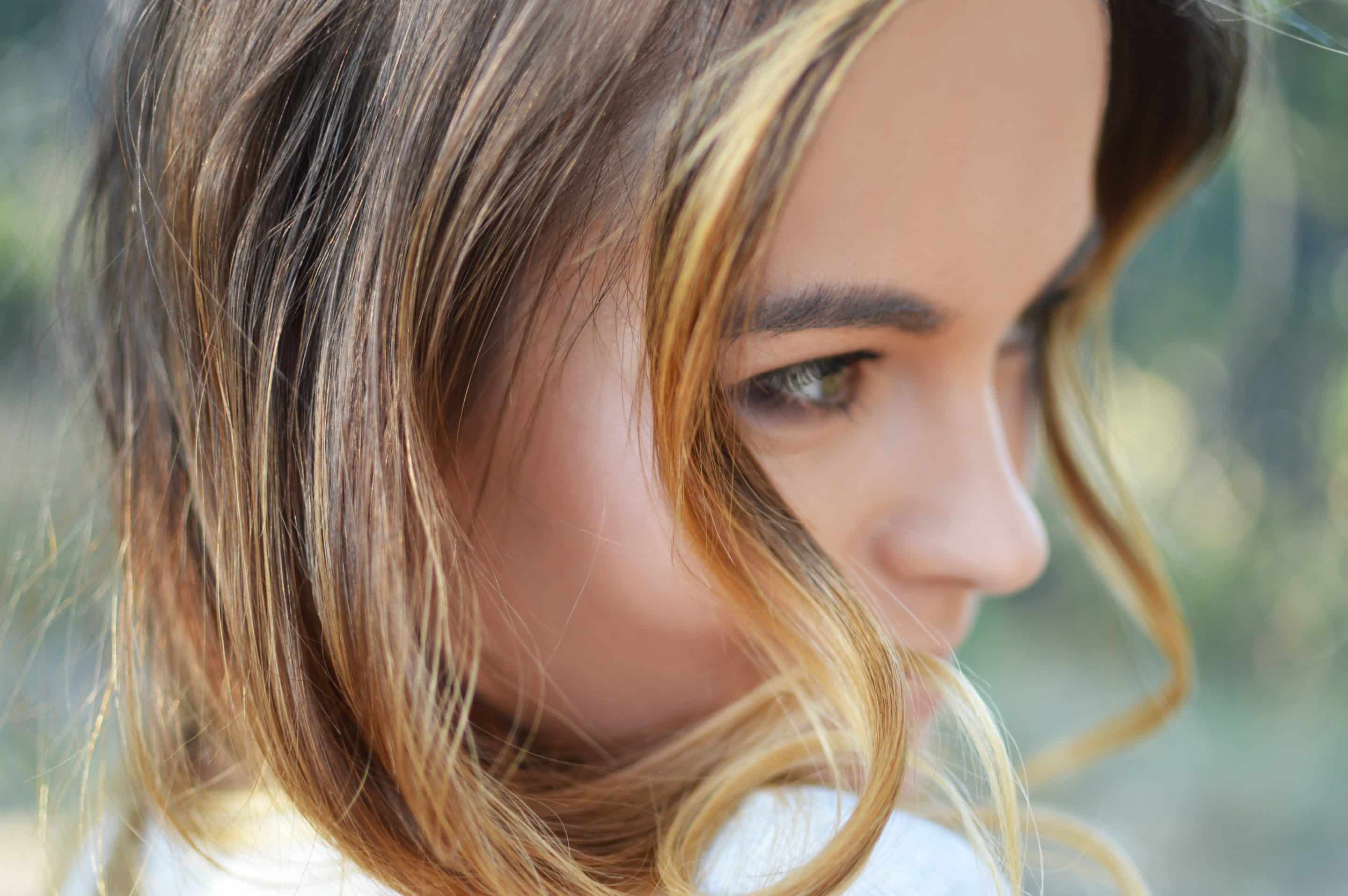
Blepharoplasty FAQs
Blepharoplasty has become one of the most requested facial cosmetic procedures, surpassing even facelift and rhinoplasty in popularity.
FACELIFT SURGERY IN HARLEY STREET
Blepharoplasty FAQs
Blepharoplasty has become one of the most requested facial cosmetic procedures, surpassing even facelift and rhinoplasty in popularity.
Frequently Asked Questions
Increased droopiness of the upper eyelids is a common change with increasing age. It is frequently a result of ageing of the eyelids and increased laxity in the soft tissues.
Non-surgical treatment options for droopiness of the upper eyelids include lifestyle changes (healthy sleep, reduced stress), the use of wrinkle injections in the forehead area, limited skin tightening with radiofrequency or laser resurfacing. However non-surgical options are usually of only modest effect with a short and limited improvement. Only a surgical correction will improve the appearance after the changes are more readily apparent.
Assessment of the eyelids is crucial to exclude other factors that may be influencing the position of the upper eyelids including ptosis, dry eyes or thyroid eye disease. Ptosis is a condition where the fine muscle that elevates the eyelid has become weak or detached, requiring ptosis correction surgery to improve it. Patients who have undergone previous laser refractive surgery should have an evaluation to exclude dry eyes before considering upper eyelid surgery.
Upper blepharoplasty helps improve the shape of the eyelids by rejuvenating their appearance. Most changes in the upper eyelids and lower eyelids are a consequence of facial ageing. However some changes are related to both genetics and the environment (e.g. sun damage and smoking). Blepharoplasty in the upper eyelid involves trimming excess skin and shaping the underlying soft tissues, including the orbicularis oculi muscle and orbital fat.

Only the Face
By focusing entirely on only facelift & facial cosmetic surgery procedures, Dr De Silva is able to provide the expertise that can only come with specialisation: facelift and neck lift, blepharoplasty, rhinoplasty and chin implants.
Natural Looking Results
Dr De Silva is a believer in the importance of artistry behind cosmetic results and focuses his skills at delivering natural looking results.
Fast Recovery
Dr De Silva has pioneered the advances in technology to speed up recovery with a combination regenerative medicine techniques, Oxygen and LED Therapy.
World Class Expertise
Dr De Silva also teaches other surgeons internationally and has contributed to the development of advanced surgical techniques, laser technology and stitch-less tissue adhesives.
